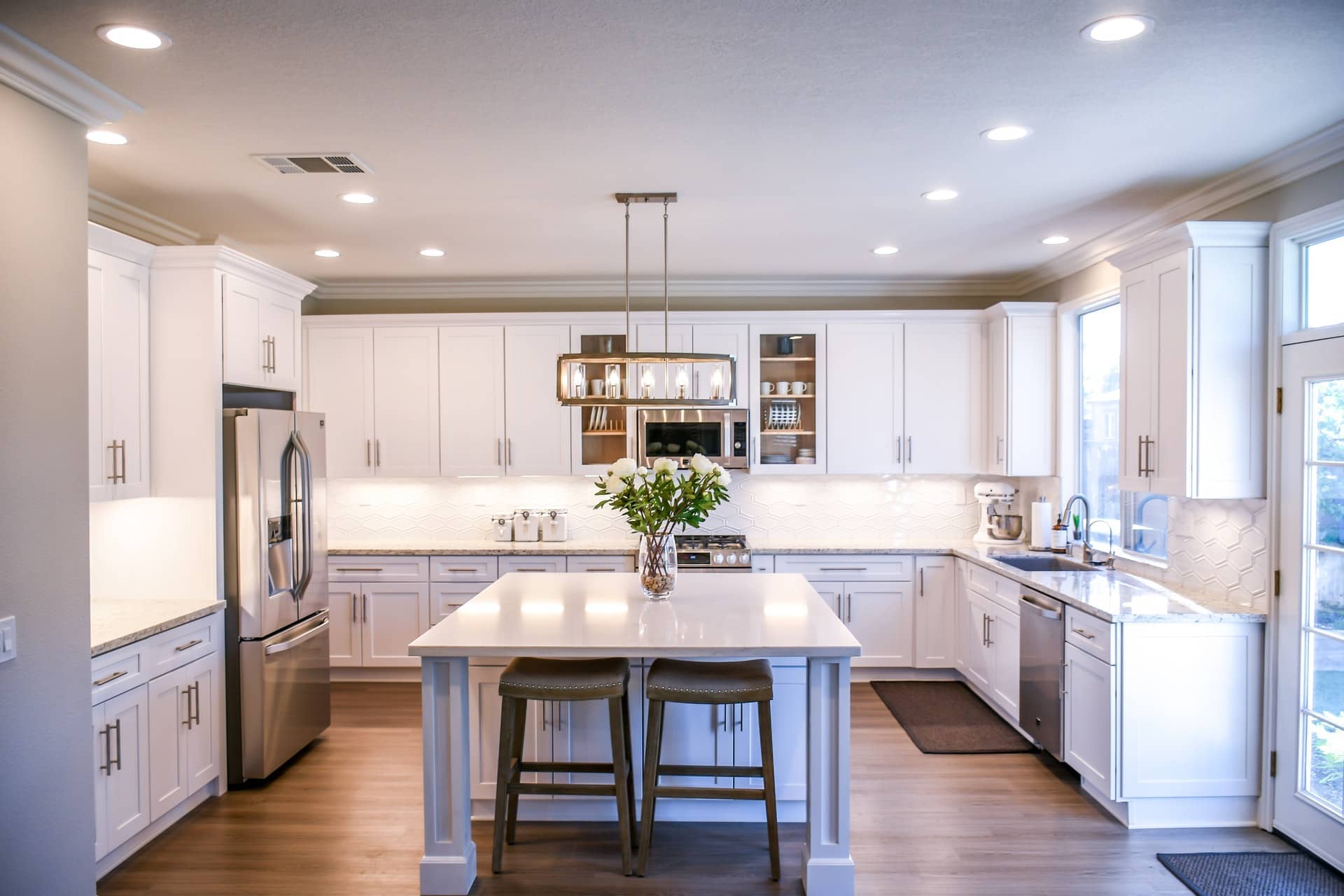Introduction: The Importance of Professional Drywall Repair
Preserving your home's structural and aesthetic quality is deeply tied to the critical, yet frequently overlooked, area of drywall repair. Whether you're contending with minor issues like pinholes and fine cracks or more severe forms of damage, expert drywall services guarantee precision and durability from the get-go. While tackling repairs yourself might seem appealing, DIY often leaves behind flaws that demand future remediation.
At McEvoy & Sons Drywall, we are your go-to experts for flawless and enduring drywall repairs. Our seasoned professionals are equipped with the right tools and expertise to not only resolve your immediate concerns but also extend the longevity of your walls. Opting for professional drywall repair assures you of efficient, risk-minimized service and provides the reassurance that your home is in competent hands.
Understanding Drywall Damage: Common Types and Causes
Grasping the diverse kinds of drywall damage and their origins is the first pivotal step in successful drywall repair. Typical forms of drywall issues range from holes and cracks to water damage and nail pops. These damages can arise from various sources—accidental holes from moving furniture, cracks from natural house settling, water damage due to plumbing issues or natural disasters, and nail pops from fluctuating wood dimensions. Being aware of the type of drywall damage you are facing is essential for both effective repair and future prevention. At McEvoy & Sons Drywall, our skilled technicians are adept at pinpointing the exact nature and underlying cause of the damage. This ensures not just a remedy for the visible issue but also a strategy to avert similar problems down the line.
Signs Your Drywall Needs Repair
Spotting the signs of drywall damage early on is crucial for preserving both the visual charm and structural soundness of your residential or commercial space. Obvious indicators like visible cracks, holes, and water marks are usually easy to spot, but you should also keep an eye out for less conspicuous issues such as nail pops and minor dents.
Underlying Reasons for Drywall Damage
A myriad of factors can lead to the deterioration of your drywall.
Whether it's natural aging, accidental impacts, or more critical
causes like leaking pipes or foundational shifts, each issue demands a
specialized method of repair. Identifying the root cause is a key
element in devising an effective solution.
Methods for Drywall Restoration
After pinpointing the nature and root cause of the drywall damage,
various repair techniques come into play. These can range from simple
drywall patches for minor holes to tape and mud applications for seams
and even full panel replacement for significant or extensive issues.
At McEvoy & Sons Drywall, our seasoned professionals wield the right
tools and techniques to deliver a repair that is both durable and
aesthetically satisfying.
Types of Drywall Patches
Patching drywall is a common aspect of wall maintenance, crucial for preserving both the functionality and aesthetics of your space. The choice of patching material can have a long-lasting impact on the quality and appearance of the repair.
Selecting the Ideal Patch for Your Repair Needs
Your choice of patch hinges on several variables like the scale and
position of the defect. Small perforations can often be managed with
self-sticking patches or a quick layer of joint compound. For more
complex or sizable damages, you might have to cut a piece of drywall
to precisely fit the damaged region.
Executing the Patchwork: A Step-By-Step Approach
Once you've settled on the appropriate patch, the real work begins.
Start by cleansing the area in need of repair, then proceed to affix
your chosen patch using either screws or adhesives. A layer of joint
compound helps to integrate the patch seamlessly with the existing
wall.
Finishing the Job: Multiple Layers of Joint Compound
The final phase involves making the repair virtually invisible. This
is generally accomplished by applying several coats of joint compound,
each one carefully sanded and inspected for flaws before proceeding to
the next. The ultimate objective is to produce a flawless finish
that's ready for priming and painting, blending seamlessly with the
surrounding wall.
